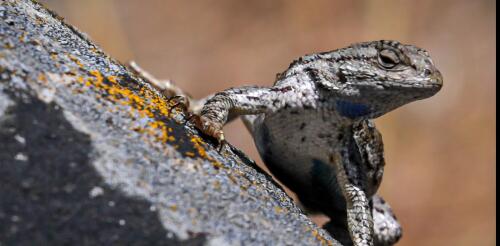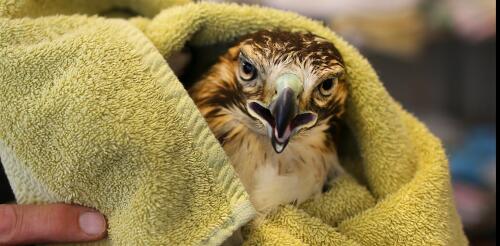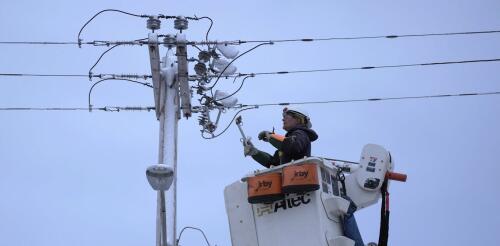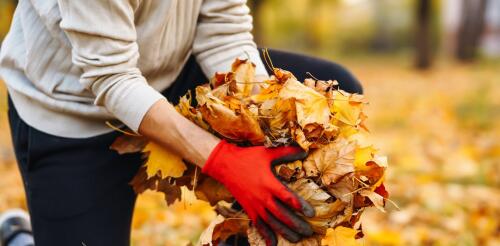environment
When this year’s United Nations Climate Change Conference begins in late November 2023, it will be a moment for course correction. Seven years ago, nearly every country worldwide signed onto the Paris climate agreement. They agreed to goals of limiting global warming – including key targets to be met by 2030, seven years from now. A primary aim of this year’s conference, known as COP28, is to evaluate countries’ progress halfway to the 2030 deadlines. Reports show that the world isn’t on track. At the same time, energy security concerns and disputes over how to compensate countries for loss and damage from climate change are making agreements on cutting emissions tougher to reach. But as energy and environmental policy researchers, we also see signs of progress. Global stocktake raises alarms A cornerstone of COP28 is the conclusion of the global stocktake, a review underway of the world’s efforts to address climate change. It is designed...
Climate change is threatening the survival of plants and animals around the globe as temperatures rise and habitats change. Some species have been able to meet the challenge with rapid evolutionary adaptation and other changes in behavior or physiology. Dark-colored dragonflies are getting paler in order to reduce the amount of heat they absorb from the sun. Mustard plants are flowering earlier to take advantage of earlier snowmelt. Lizards are becoming more cold-tolerant to handle the extreme variability of our new climate. However, scientific studies show that climate change is occurring much faster than species are changing. Zebrafish have evolved to thrive in water a degree or so warmer than normal, but they struggle to survive at higher temperatures. isoft/E+ Getty Images What is evolutionary adaptation? The word “adaptation” is used in many ways by climate scientists, but it has a...
At hundreds of wildlife rehabilitation centers across the U.S., people can learn about wild animals and birds at close range. These sites, which may be run by nonprofits or universities, often feature engaging exhibits, including “ambassador” animals that can’t be released – an owl with a damaged wing, for example, or a fox that was found as a kit and became accustomed to being fed by humans. What’s less visible are the patients – sick and injured wild animals that have been admitted for treatment. Each year, people bring hundreds of thousands of sick and injured wild animals to wildlife rehab centers. Someone may find an injured squirrel on the side of the road or notice a robin in their backyard that can’t fly, and then call the center to pick up an animal in distress. We study ecology and biology, and recently used newly digitized records from wildlife rehabilitation centers to identify the human activities that are most harmful to...
Frustration with electric utilities is universal today. Whether it’s concerns over high rates, poor service or a combination of both, people are constantly looking for a better answer to the systems that serve them. In the Nov. 7, 2023, election, voters in Maine had a chance to consider a new model for electricity service that would replace the state’s two widely unpopular private utilities, but they balked in the face of multibillion-dollar cost projections. This decision took the form of two ballot questions. Question 3 asked whether voters wanted to create a new publicly owned power company, dubbed Pine Tree Power, to take over the existing assets of Maine’s two privately owned utilities. The related Question 1 asked whether consumer-owned electric utilities should have to get public approval before taking on more than US$1 billion in debt. Voters adopted Question 1 and soundly defeated Question 3. Municipal ownership of utilities is not new: Across the U....
Autumn is the season to gaze at gorgeous leaves of gold, yellow and orange as they flutter from the trees and fall on our yards – but then, of course, comes the tedious task of raking them up and trying to decide what to do with them. SciLine interviewed Susan Barton, a professor of plant and soil sciences at the University of Delaware, who says taking a lazy approach is actually a win for your garden and the critters that live there. Dr. Susan Barton discusses fall lawn care. Below are some highlights from the interview. Answers have been edited for brevity and clarity. Can leaves on a landscaped property ever be left as they are, or should they always be mulched? Susan Barton: A layer of leaves on the lawn will exclude light, which would be detrimental to the lawn. So when the leaves fall, either rake them up or chop them up with a lawn mower so they are finer and can sift down in through the grass blades. But if they fall in a land...




